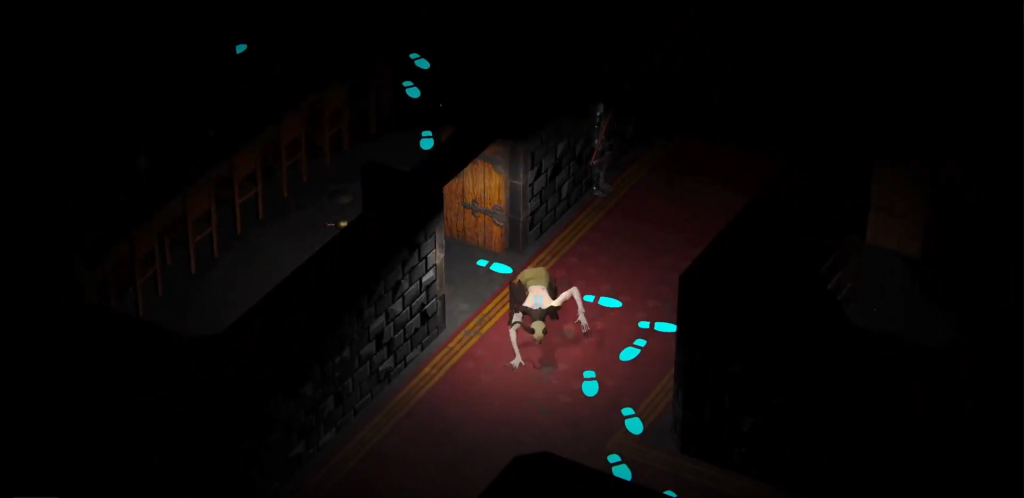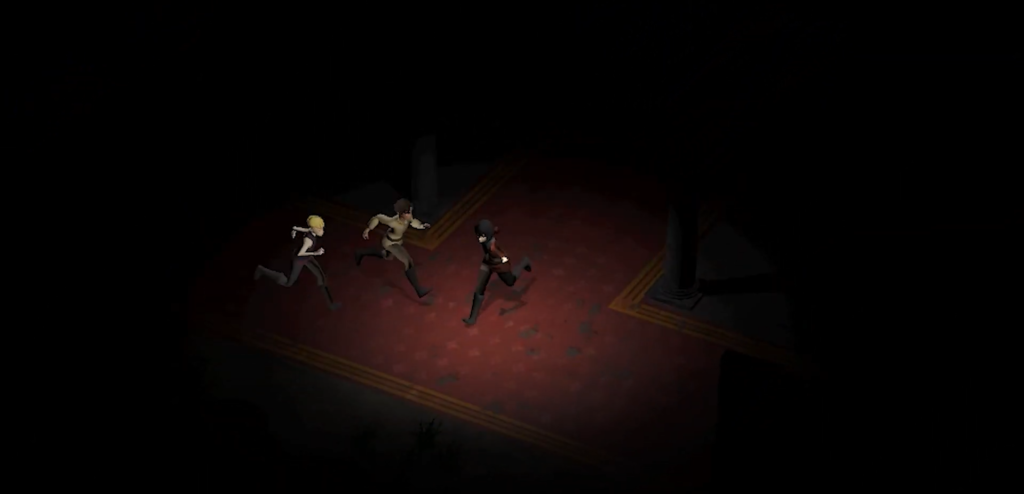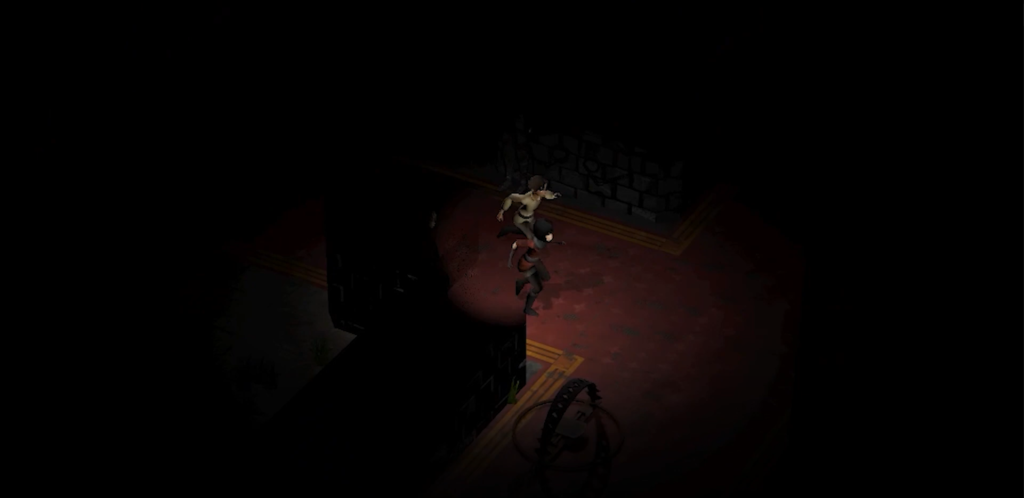Shatter Keep
A Top-Down Multiplayer Survival Horror game.
Made in Unity.
Released on Steam
Networked Player Tracking Mechanic
I created a footprint mechanic where the monster player is able to track each of the 4 survivor players locations for a limited time based on their past footprints.
The footprints are a sprite particle effect created when the player is displaced and are color coded to match each of the 4 players to be easily discernible who you are tracking.
The footprints are tracked locally on each players machine and are only rendered to the monster player during their 30 second tracking ability.
Each footprint particle effect has a maximum lifetime of 60 seconds so that the information is up to date and not cluttered.

Visibility Shader

To create a sense of anxiety in the player I created a Stencil Shader to only render other players who are within a small radius around each independent local player.
Wall Transparency Shader
Due to the isometric camera perspective, walls became obstructing to the camera and provided plenty of hiding spots for survivor players.
To balance this I created a wall transparency shader to compare when a player is behind a wall and to cut out a small circle to allow them to become visible.
This however is only calculated locally for each player so that they can still hide without becoming visible to all players. This in turn added to a very fun interaction where players who walk by a wall can suddenly see a hiding player and choose to hide with them or chase them.

Spatial and Dynamic Audio
In order to create a terrifying experience for our players I worked alongside the Audio Designer to implement spatial Audio through FMOD. This allowed players to become immersed in the experience by hearing directional audio of the terrifying roars and footsteps of the monster walking through the halls around them.
Spatial Audio allowed players to essentially see in the darkness as they could hear potential foes and asses dangerous situations around them.
The Dynamic Audio we created through FMOD allowed us to change how the background tracks and global audio were handled on the fly through variables.
For example depending on the current number of living survivors the track would be updated to change in ramping intensity.